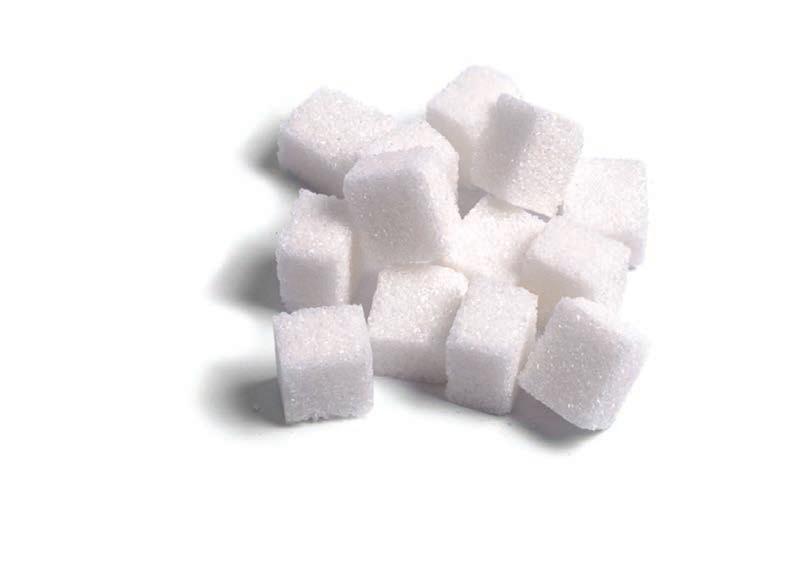
2 minute read
Nutritional Disease
The Cancer/Sugar Connection:
How Sweet It Isn’t
Advertisement
by Vicki Kobliner, MS, RD, CD-N
fifty years ago, a cancer diagnosis was only spoken about in hushed tones, and was never a topic of open and frank discussion. Things have changed so dramatically since then, that today, once a cancer patient is told of his options, frequent discussions with friends and family, and research on the internet is the norm. During treatment, all types of support are now offered and advertised, including counseling, Reiki, and makeovers to help make the therapy and their aftereffects more bearable. We follow up with benefit walks, swims and runs, and buy pink or differently colored products that give back dollars to cancer research. No longer whispered, the battle against cancer is loud and aggressive, but on one subject the silence remains deafening. Whether it pertains to prevention or treatment, sugar intake and its relationship to cancer is rarely discussed by the professionals or caregivers we rely on to guide us on this journey.
Almost a century ago, a cell biologist named Otto Warburg won the Nobel Prize for his discovery that normal cells and cancer cells use energy differently for growth. While normal cells require oxygen to change the glucose from sugar into energy, cancer cells use an oxygen free fermentation pathway that is less efficient. They are glucose hogs and require much more sugar than typical cells. At the same time they are creating less energy, they are producing fatigue inducing lactic acid as a byproduct. This may be why cancer patients frequently waste away despite high calorie intake, and suffer extreme exhaustion. Only a small percentage of the calories they ingest are actually turned into energy.
The expression “Sugar Feeds Cancer” simplifies a much more complex relationship between glucose, insulin and cancer, but for those who doubt that the sweet stuff has a role in cancer growth and development the following facts should be quite convincing.
PET Scans

The use of PET (Positron Emission Tomography) scans to assess the activity or recurrence of cancer is proof of cancer’s ravenous appetite for sugar. PET scans are used to pinpoint cancers through the use of a radioactive compound which is either consumed or injected into the body. the very vehicle used to carry the radioactivity into the cell is a sugar molecule, specifically because cancer cells absorb up to 40 times more sugar than healthy cells do, taking in that much more radioactivity as well. If cancer cells were not sugar lovers, the PET scan would not be an effective technology.
Insulin-Like Growth Factor-1
When we eat sugars, whether in the form of sweets, starchy foods, or fruits, our bodies produce insulin to bind up the glucose and bring it into the cells. We also produce a hormone called Insulin-Like Growth Factor-1 (IGF-1), in response to upsurges in insulin. So the more sugar we eat, the more











